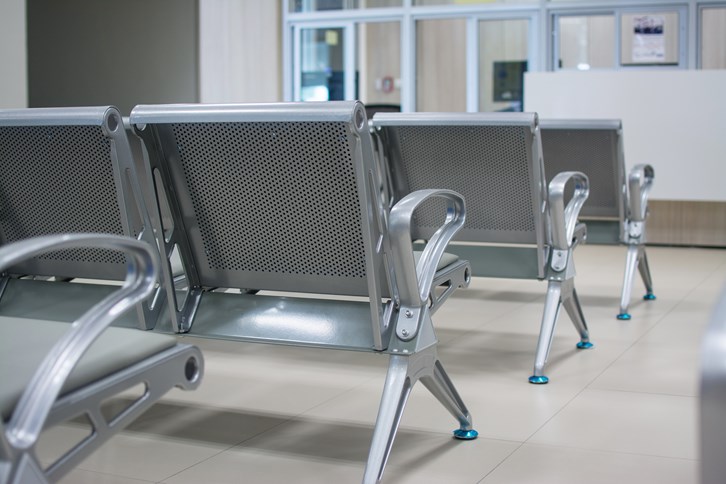High Reliability: What’s Your Role?
“High reliability has come of age.” So says Chuck Stokes, President and CEO of Houston’s Memorial Hermann Health System in a recent keynote for UAB’s National Symposium for Healthcare Executives. The implications of his statement are wide-ranging and deeply important in our evolving story of U.S. health and healthcare. We have begun to understand, in very concrete terms, the effect of our actions and inactions and how they contribute to the fundamental tenet of medicine to “do no harm”. Mr. Stokes cited the compelling and conservative statistic that our current rate of death by medical error is the equivalent of having a 737 crash every five and one-half hours. As we know, were this to occur, our whole country would be in a state of panic and all planes would be grounded until causes and corrections were established. Yet, every day in healthcare, we continue with processes and behaviors that result in error, making only incremental changes to improve safety and quality.
Perhaps our methods for teaching and requiring such change require a shakeup. Perhaps it is time we considered a new paradigm and structure for the work we do every day. What if:
1. We aligned the responsibility and authority for change with the person or people closest to the action or decision to be made?
2. We made real efforts to ensure the goals of the physician, administrator, nurses, and support staff were all in sync? And what if those goals all supported the health of the patient first?
3. We established a “swiss cheese” Just Culture model so that we have layers supporting other layers, and nothing seeping through the cracks and holes of any one layer?
4. We drive our best practice changes through every action, large and small, in every visit, every stay, every encounter?
5. We embed such a patient-centric notion of high reliability into our academic settings so that graduates emerge using best practices and serve as role models to those trained differently?
In essence, how might we put the patient first and keep him or her in the center of the work we do every day?
Tremendous work is being done daily by the many unsung heroes of healthcare. Timeouts are called, root cause analyses are conscientiously performed not in an attempt to punish but in an effort to understand. Students and long-time employees alike are taught new safety procedures, held to higher standards, measured against increasingly tight goals. And so, in many cases, the problem with our safety lies not in knowing what to do but in doing it every single time, in every encounter, with every person.
What will it take to achieve a culture of “zero tolerance” for error, and a culture that supports learning when an error does occur? As with every organizational change, implementation and sustainability come in the actions and messages delivered by the most senior leaders. Whether we are aware or not, every physician, caregiver, leader, and patient are watching. Watching to see how we respond to a mistake. Watching to see whether it’s worth our time to be part of reviewing errors and making change. Watching to understand whether we prioritize talking directly to the parties involved or whether we only approach errors as another process problem to be solved. Watching to see what we do and don’t do.
What are the steps you can take today?
1. Ask people about their efforts to ensure high reliability. “What do you do in your work to help make us safer?”
2. Listen to conversations that highlight attention to best practices in safety and look for actions that reveal high reliability in behavior, processes, and systems.
3. Demonstrate high reliability as a priority. Attend root cause analyses; speak directly with families who have been harmed; celebrate the successes you see that show your organization as one embracing high reliability.
We are on the verge of greatness in many aspects of healthcare delivery. One of the most fundamental of these aspects involves putting our patients first by delivering the finest care; doing so means we act in ways that support the very safest measures in every situation. Greatness comes as our patients’ health improves at better and faster rates than in previous times and as they and we come to better understandings of how and why this improvement occurs.
- Posted in:
- Culture



